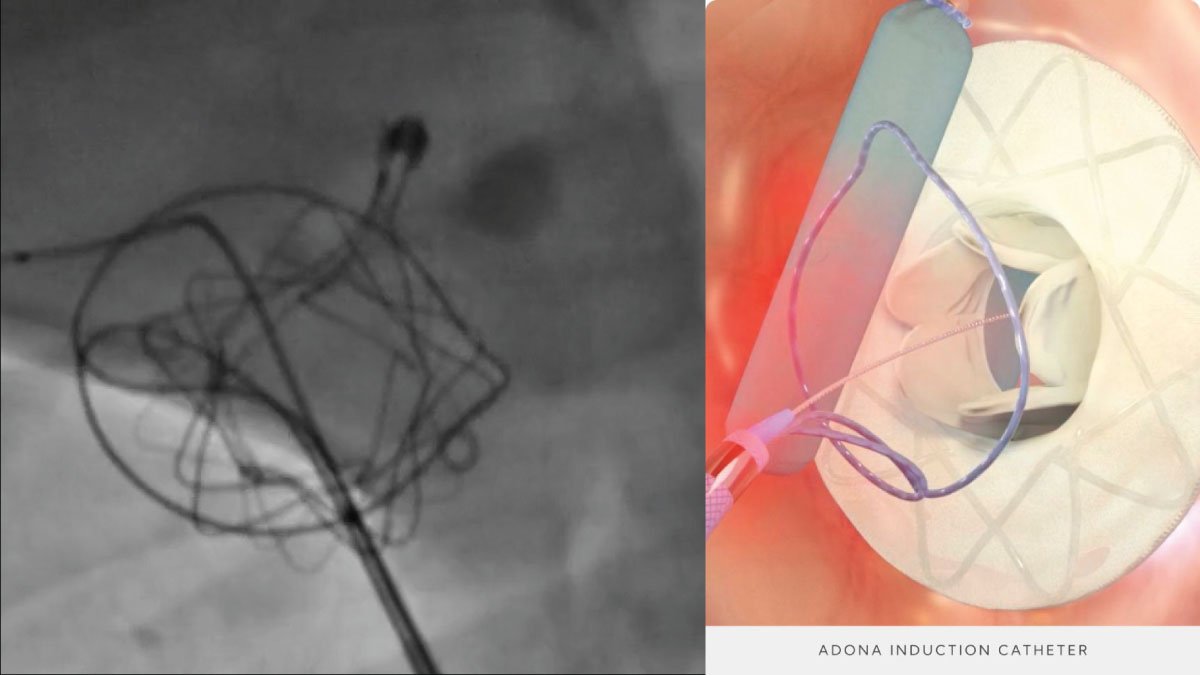Types of White Blood Cells: A Detailed Overview

White blood cells (WBC), or leukocytes, are the body’s primary defense against infection and disease. They play a vital role in the immune system by detecting and neutralizing foreign invaders such as bacteria, viruses and parasites. In this article, we will explore the different types of white blood cells, their functions and their importance in maintaining health.
Neutrophils: The First Responders
Neutrophils are the most common type of white blood cell, making up about 50-70% of all white blood cells. These cells are the body’s first line of defense against infection. Neutrophils quickly respond to invaders and engulf and destroy them through a process called phagocytosis. Their ability to move quickly to the site of infection makes them crucial in the early immune response.
Lymphocytes: Adaptive Defenders
Lymphocytes are divided into three main types: B cells, T cells, and natural killer cells (NK cells).
Each type has a unique role in the immune response:
- B cells produce antibodies that target and neutralize specific pathogens.
- T cells have several functions, such as killing infected cells and regulating immune responses.
- NK cells respond quickly to infected cells and tumors.
Together, these cells form an adaptive immune system that adapts to new threats and preserves the memory of past infections to respond more quickly in the future.
Monocytes: Versatile Responders
Monocytes make up about 2-8% of white blood cells and are known for their versatility. They circulate in the bloodstream and move to tissues where they become macrophages or dendritic cells. Macrophages are key players in phagocytosis, while dendritic cells present antigens to T cells and initiate the adaptive immune response.
Eosinophils: Anti-Allergy Agents
Eosinophils make up 1-4% of white blood cells and are primarily involved in fighting parasitic infections and allergic reactions. They release enzymes and toxic proteins that can destroy parasites and promote inflammation during allergic reactions. Eosinophils also play a role in modulating the immune system by preventing excessive inflammation.
Basophils: Regulators of Inflammation
Basophils are the least common type of white blood cell, accounting for less than 1% of the total. They are involved in inflammatory reactions, especially those related to allergies and asthma. Basophils release histamine and other chemicals that promote inflammation and help recruit other immune cells to the site of infection or injury.
White Blood Cell Balance
Keeping a balanced number of all types of white blood cells is critical to a healthy immune system. Abnormal levels can indicate various health problems. For example, a high neutrophil count may indicate an acute bacterial infection, while an elevated lymphocyte count may indicate a viral infection or a chronic inflammatory condition. Conversely, a low white blood cell count (leukopenia) can weaken the immune system, making the body more susceptible to infections.
Conclusion
White blood cells are important to the body’s defense mechanism, and each type performs specific tasks to protect against disease and infection. Understanding the role and importance of different white blood cells helps us understand the complexity and effectiveness of our immune system. Regular check-ups and a healthy lifestyle can support optimal white blood cell function and ensure strong immunity and general well-being.




















